Modern Food Microbiology 7th Edition
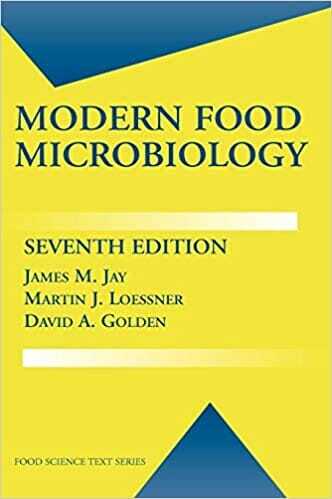
By James M. Jay, Martin J. Loessner and David A. Golden
Modern Food Microbiology, 7th Edition PDF. With thirty revised and updated chapters the new edition of this classic text brings benefits to professors and students alike who will find new sections on many topics concerning modern food microbiology. This authoritative book builds on the trusted and established sections on food preservation by modified atmosphere, high pressure and pulsed electric field processing. It further covers food-borne pathogens, food regulations, fresh-cut produce, new food products, and risk assessment and analysis. In-depth references, appendixes, illustrations, index and thorough updating of taxonomies make this an essential for every food scientist.
Part I—HISTORICAL BACKGROUND
1—History of Microorganisms in Food
Part II—HABITATS, TAXONOMY, AND GROWTH PARAMETERS
2—Taxonomy, Role, and Significance of Microorganisms in Foods
3—Intrinsic and Extrinsic Parameters of Foods That Affect Microbial Growth
Part III—MICROORGANISMS IN FOODS
4—Fresh Meats and Poultry
5—Processed Meats and Seafoods
6—Vegetable and Fruit Products
7—Milk, Fermentation, and Fermented and Nonfermented Dairy Products
8—Nondairy Fermented Foods and Products
9—Miscellaneous Food Products
Part IV—DETERMINING MICROORGANISMS AND/OR THEIR PRODUCTS IN FOODS
10—Culture, Microscopic, and Sampling Methods
11—Chemical, Biological, and Physical Methods
12—Bioassay and Related Methods
Part V—FOOD PROTECTION AND SOME PROPERTIES OF PSYCHROTROPHS, THERMOPHILES, AND RADIATION-RESISTANT BACTERIA
13—Food Protection with Chemicals, and by Biocontrol
14—Food Protection with Modified Atmospheres
15—Radiation Protection of Foods, and Nature of Microbial Radiation Resistance
16—Protection of Foods with Low-Temperatures
17—Food Protection with High Temperatures
18—Protection of Foods by Drying
19—Other Food Protection Methods
Part VI—INDICATORS OF FOOD SAFETY AND QUALITY, PRINCIPLES OF QUALITY CONTROL, AND MICROBIOLOGICAL CRITERIA
20—Indicators of Food Microbial Quality and Safety
21—The HACCP and FSO Systems for Food Safety
Part VII—FOODBORNE DISEASES
22—Introduction to Foodborne Pathogens
23—Staphylococcal Gastroenteritis
24—Food Poisoning Caused by Gram-Positive Sporeforming Bacteria
25—Foodborne Listeriosis
26—Foodborne Gastroenteritis Caused by Salmonella and Shigella
27—Foodborne Gastroenteritis Caused by Escherichia coli
28—Foodborne Gastroenteritis Caused by Vibrio, Yersinia, and Campylobacter Species
29—Foodborne Animal Parasites
30—Mycotoxins
31—Viruses and Some Other Proven and Suspected Foodborne Biohazards
Appendix
Index

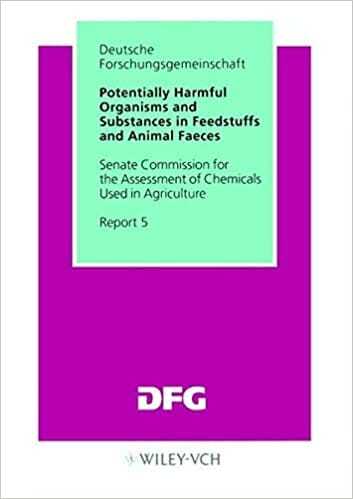

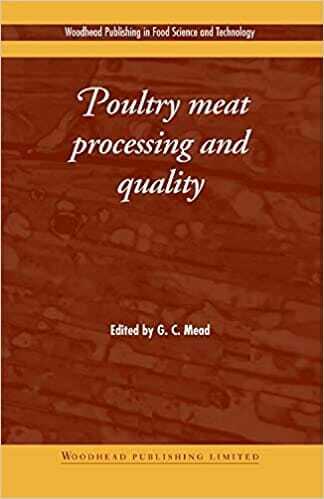
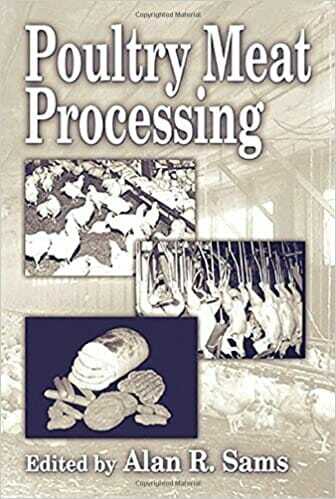
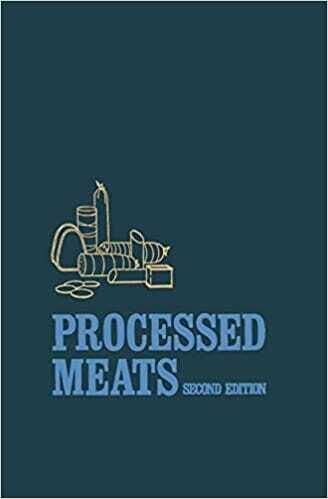
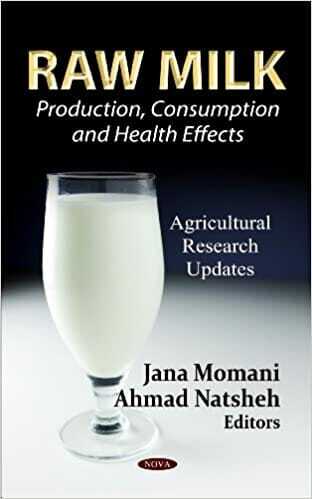
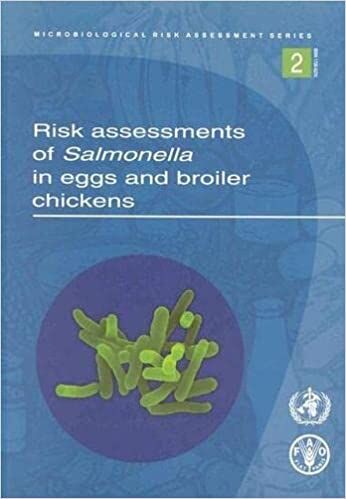
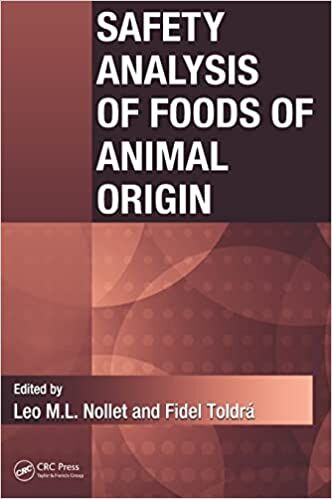
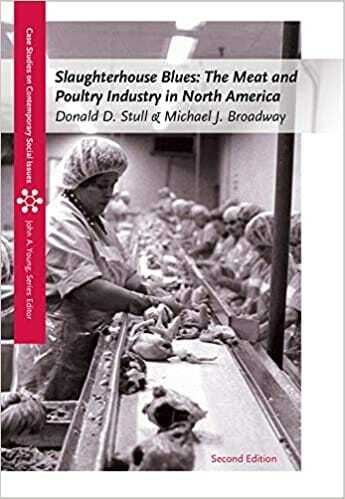
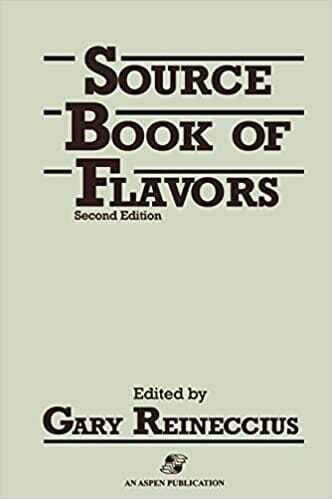








![Ettinger’s Textbook of Veterinary Internal Medicine 9th Edition [PDF+Videos] Ettinger’s Textbook of Veterinary Internal Medicine 9th Edition [True PDF+Videos]](https://www.vet-ebooks.com/wp-content/uploads/2024/10/ettingers-textbook-of-veterinary-internal-medicine-9th-edition-100x70.jpg)





